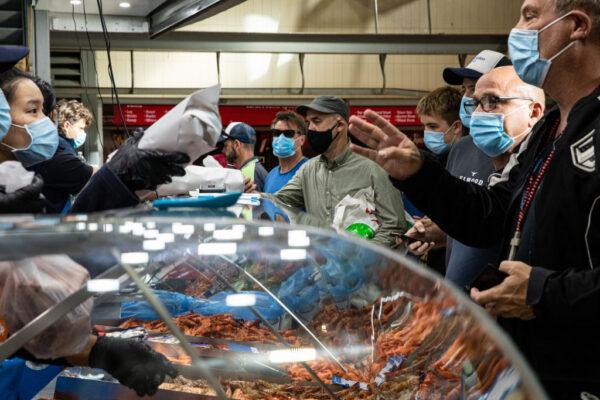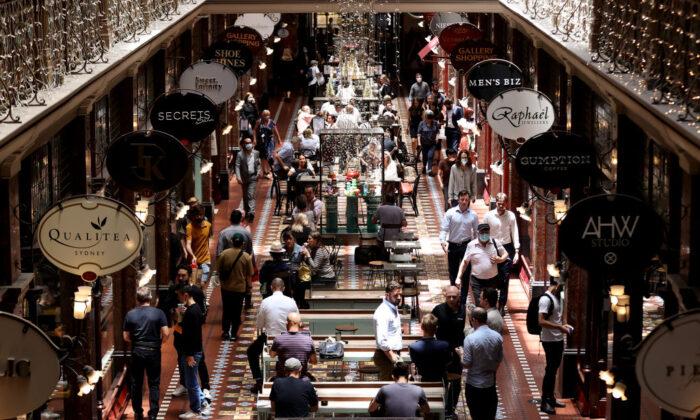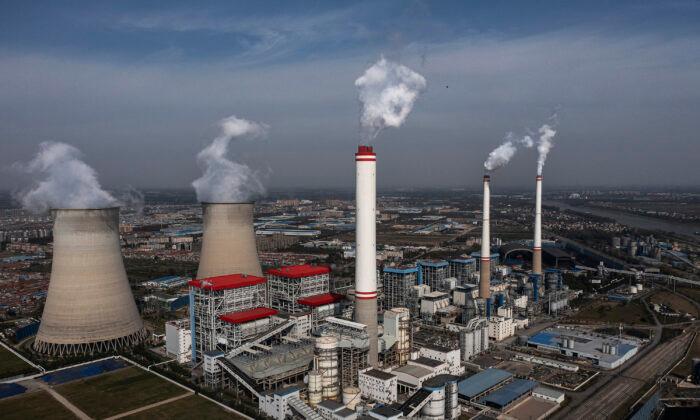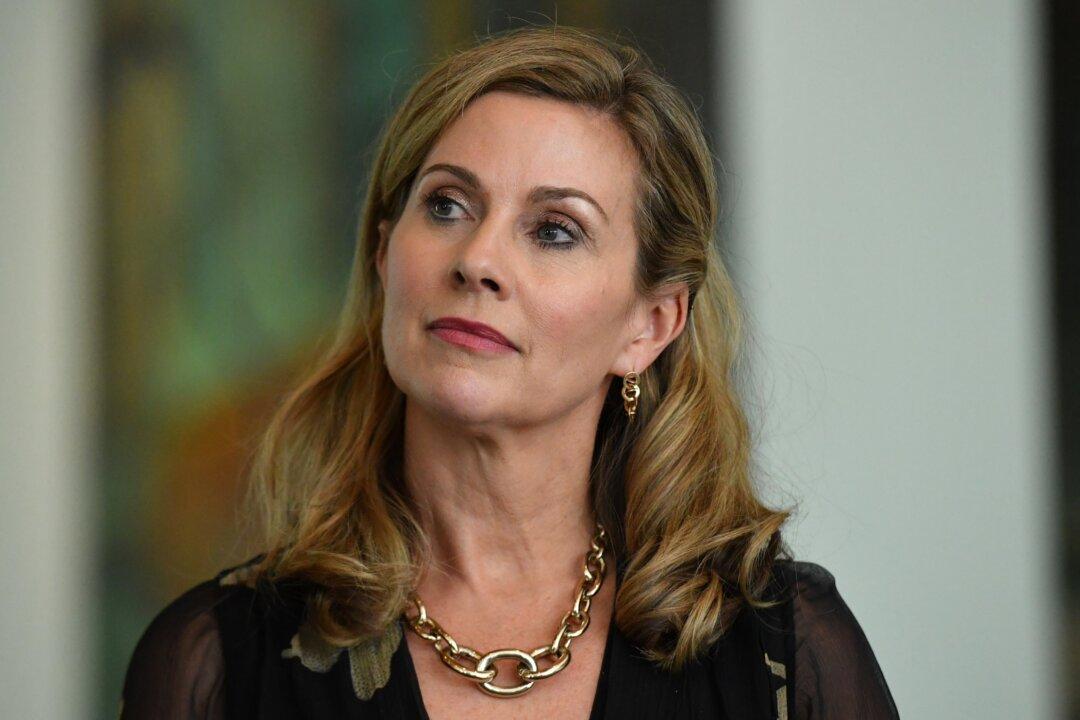Persistent high levels of demand for workers in Australia has put pressure on wages to rise, but Australians will still be taking a pay cut in real wages.
It was driven by New South Wales (NSW) and Victoria, both with over 3,000 new job advertisements, followed by Queensland and South Australia.
This increased competition for workers has put upward pressure on wages, with the latest wages growth figures hitting 2.3 percent.
However, despite an acceleration in wages growth of 0.7 percent in December 2021, wages are still far below inflation, which is currently at 3.5 percent and expected to hit 4.5 percent as the ongoing conflict in Ukraine continues to place pressure on oil prices.
Commonwealth Bank Chief Economist Stephen Halmarick believes that figure could go down to 3.8 percent “in the coming months,” which would be the lowest unemployment rate since the early 1970s.
While job ads for regional area jobs are growing at a faster pace, most of the recruitment activity remains concentrated in the capital cities.
Additionally, demand for hospitality workers recorded the biggest increase over the month, followed by general inquiry clerks, call centre workers, and receptionists.
The most significant decrease in advertisements was for factory process workers and education professionals.

Meanwhile, Financial Minister Simon Birmingham said Australian spending on welfare will soon fall, as the budget, to be revealed on March 29, will show that almost 200,000 fewer people were claiming government financial assistance.
A lower unemployment rate and less people on social security was a “double bonus” that meant more Australians were contributing to the community and paying taxes.
Birmingham noted that the budget had addressed the recent issue of rising cost of living, but they had been mindful of keeping some measures temporary and highly targeted.
Analysis by motoring insurer Royal Automobile Club found that households would need to fork out an additional $670 (US$500) on fuel compared to 2021 if prices remained at $2 a litre.
Australian retail petrol prices are largely determined by Mogas 95, the regional benchmark price for refined oil, accounting for around half of what people pay at the pump.





